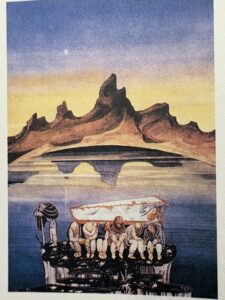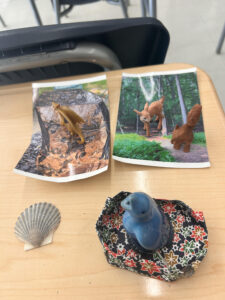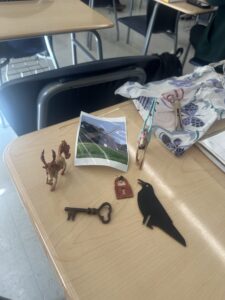Thanks to this class, I have come to the conclusion that fairytales do matter and teach plenty to people of all ages. Although many view them as stories that simply entertain children, they also educate them on matters such as proper behaviors and how to treat others, and makes them more aware of their emotions. Fairytales go through human feelings and experiences in a magical world which has solutions and answers, and allow listeners and readers to figure out how to solve their own problems or make their situations better. In the past, they helped form a community, with storytellers speaking to family members of all ages, and this ensured that adults too could take away the meaning and lessons of the tales. Even after growing up, people remember the plots of fairytales and what they took away from them, proving that they leave a lasting impact. I think it is interesting to see how people take what they learned from them into their own lives.
One theorist I personally enjoyed was Maria Tatar, and I felt she did a great job on educating people about the importance of fairytales on the developing minds of children. She went over how they give kids freedom and choices, which helps them gradually mature. Tatar demonstrates that fairytales can be highly educational by making children use their imagination and recognize the importance of language- how words can cause emotions and be actions. Learning how to properly use language makes them more capable, which aids them in growing into smarter people. I felt that her exploration of these ideas helped me better understand why fairy tales continue to matter and how they shape young minds.
I was surprised at how differently fairytales were interpreted and meant to be presented, such as “Little Red Riding Hood.” When I was young I never thought that there would have been a much darker perspective on this tale, with a man seducing a young girl and taking away her virginity. Erich Fromm viewed it as a girl’s confrontation with adult sexuality, and Bruno Bettelheim viewed it as a story about a girl’s sexual awakening and coming-of-age. I think rereading it now in this class made these themes more apparent, but it was surprising to see the things you miss as a child when reading fairytales. This also helped me better understand how they were originally made to entertain adults, not teach children.
I was most interested in learning how distinct the literary versions of fairytales by authors such as the Grimm Brothers and Charles Perrault were from the Disney movies, which I had mostly associated them with. For any fairytale we read that I had watched the movie of, I sought the difference between each take of it and how it evolved into its typically twentieth century edition that was made into film. For example, I thought it was interesting to read that Cinderella went to the ball on multiple occasions, that she forgave her evil stepsisters, and that she even married them off to noblemen in Perrault’s version. This differs from the Disney version where she only attends the ball once and is not seen forgiving her stepsisters towards the end of the film.
I think it would have been nice to go through all of the fairytales in our textbook. I found the articles to have been helpful in understanding the importance of fairytales as a whole, but would have preferred seeing the themes and lessons portrayed in each one available to us instead. I found that the tales themselves did a better job at teaching than some of the articles since we could see the examples right in front of us instead of reading about them in general. I also feel like they were much easier to read than the articles, which sometimes overcomplicated concepts and had difficult writing to understand. I think doing this in the future could help students comprehend the importance of fairytales more while simultaneously keeping them engaged and interested.




